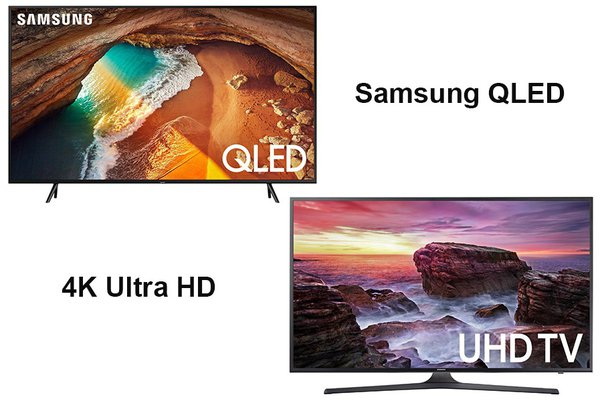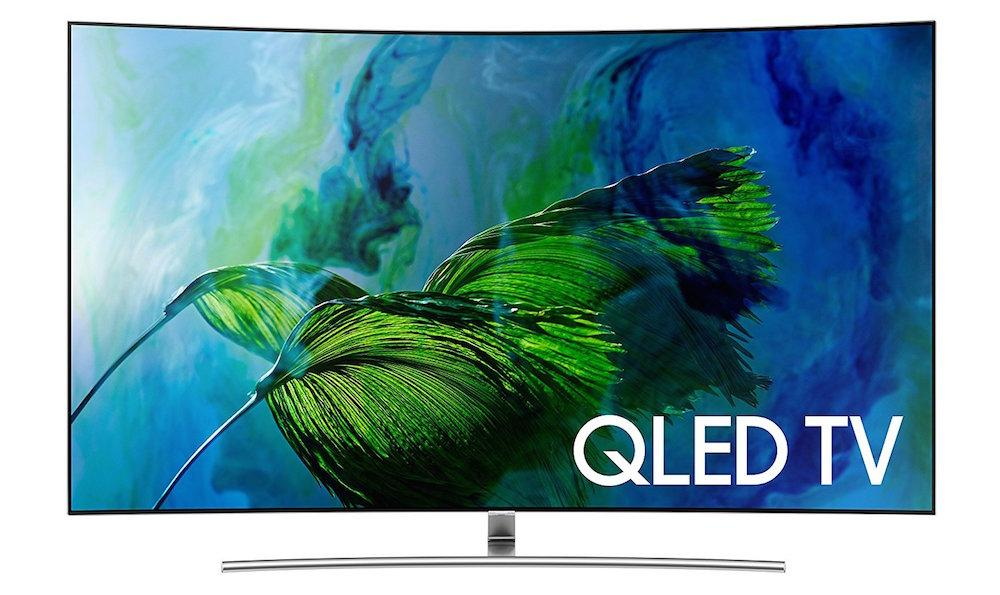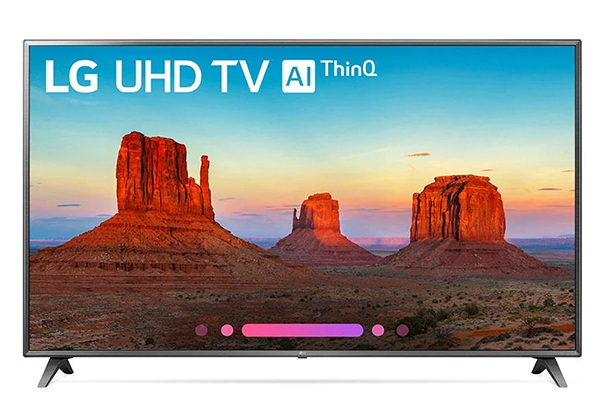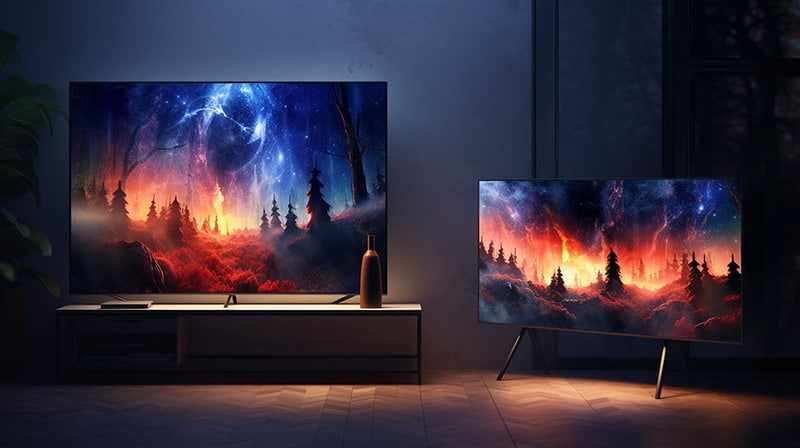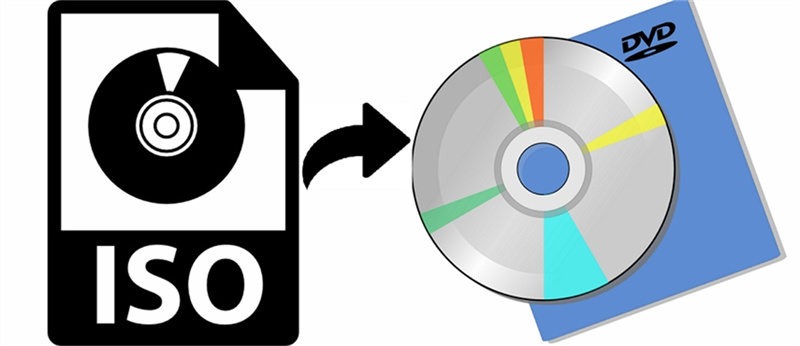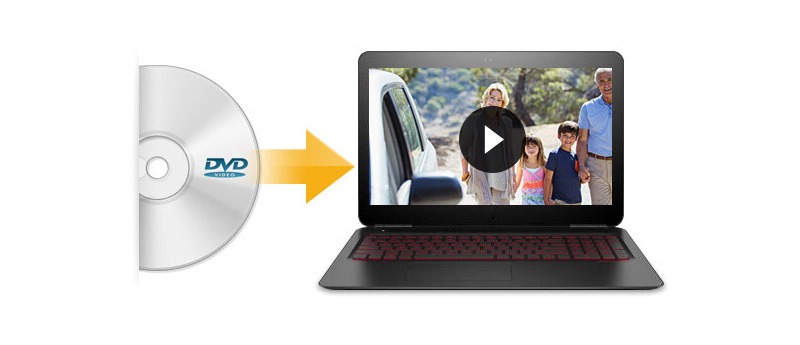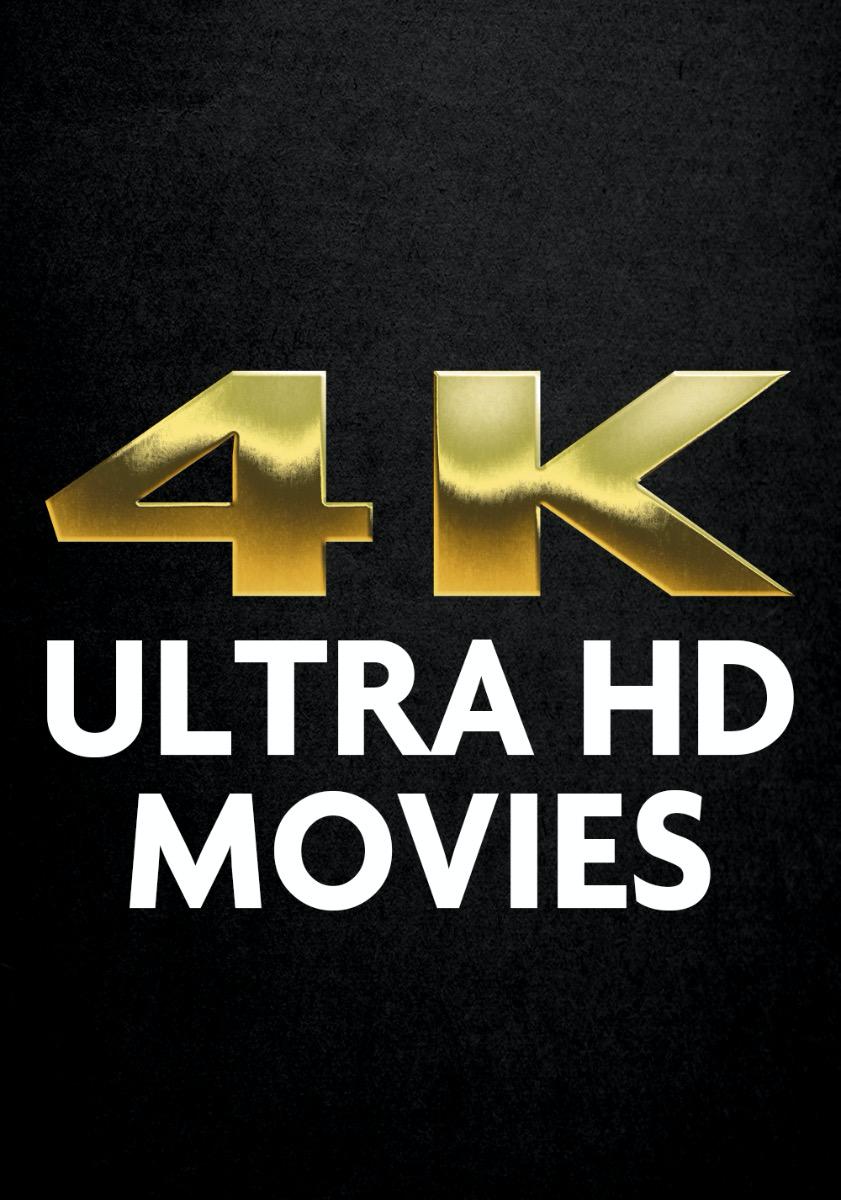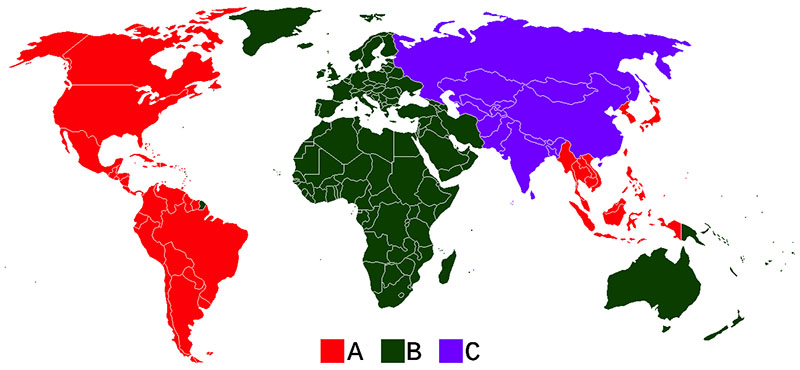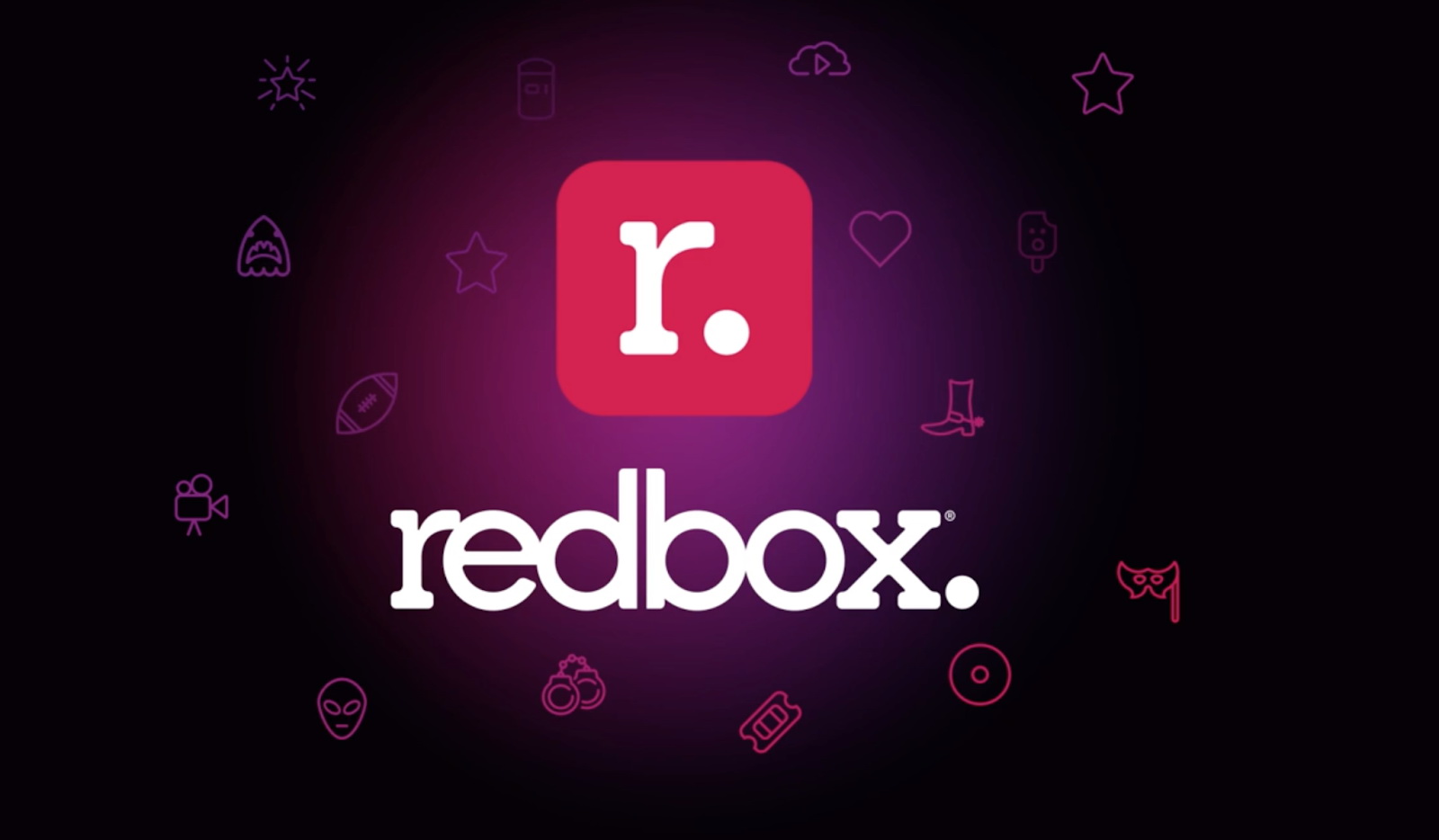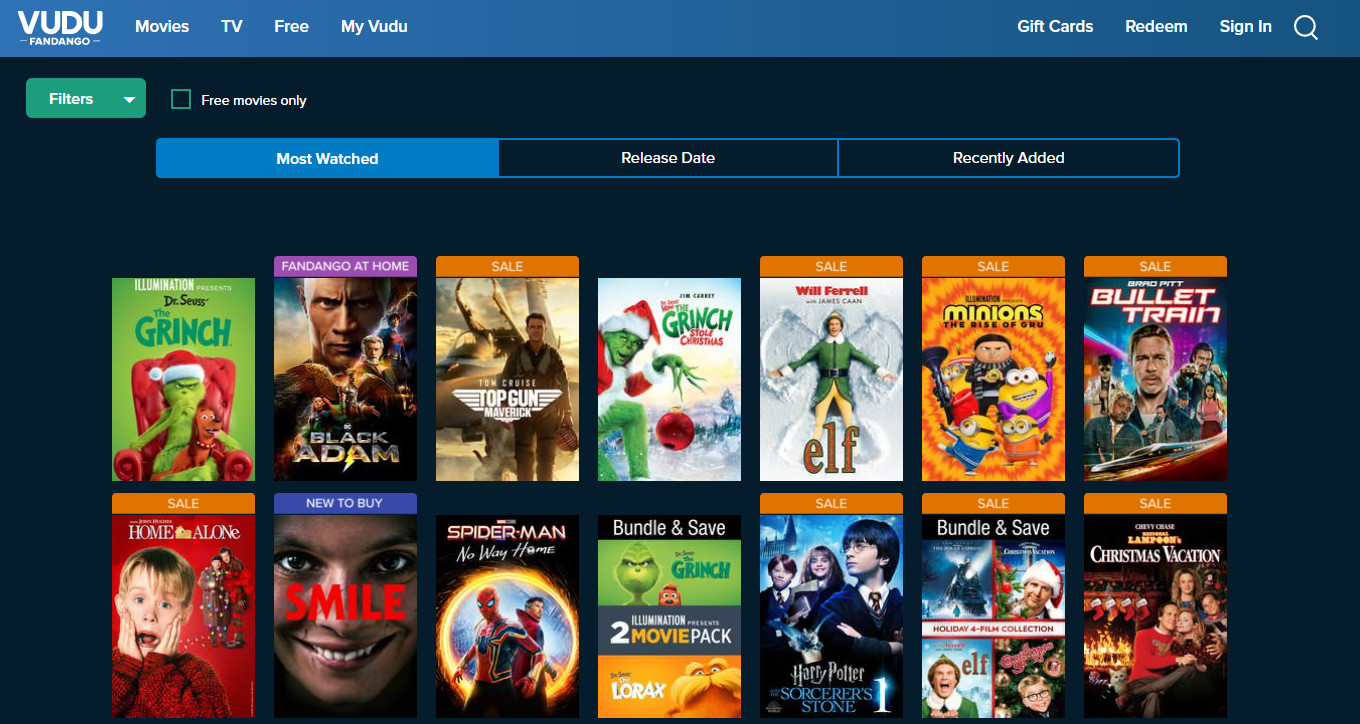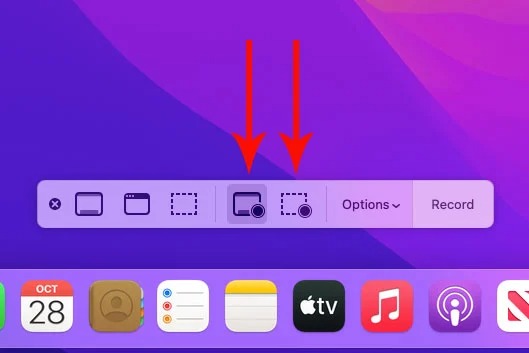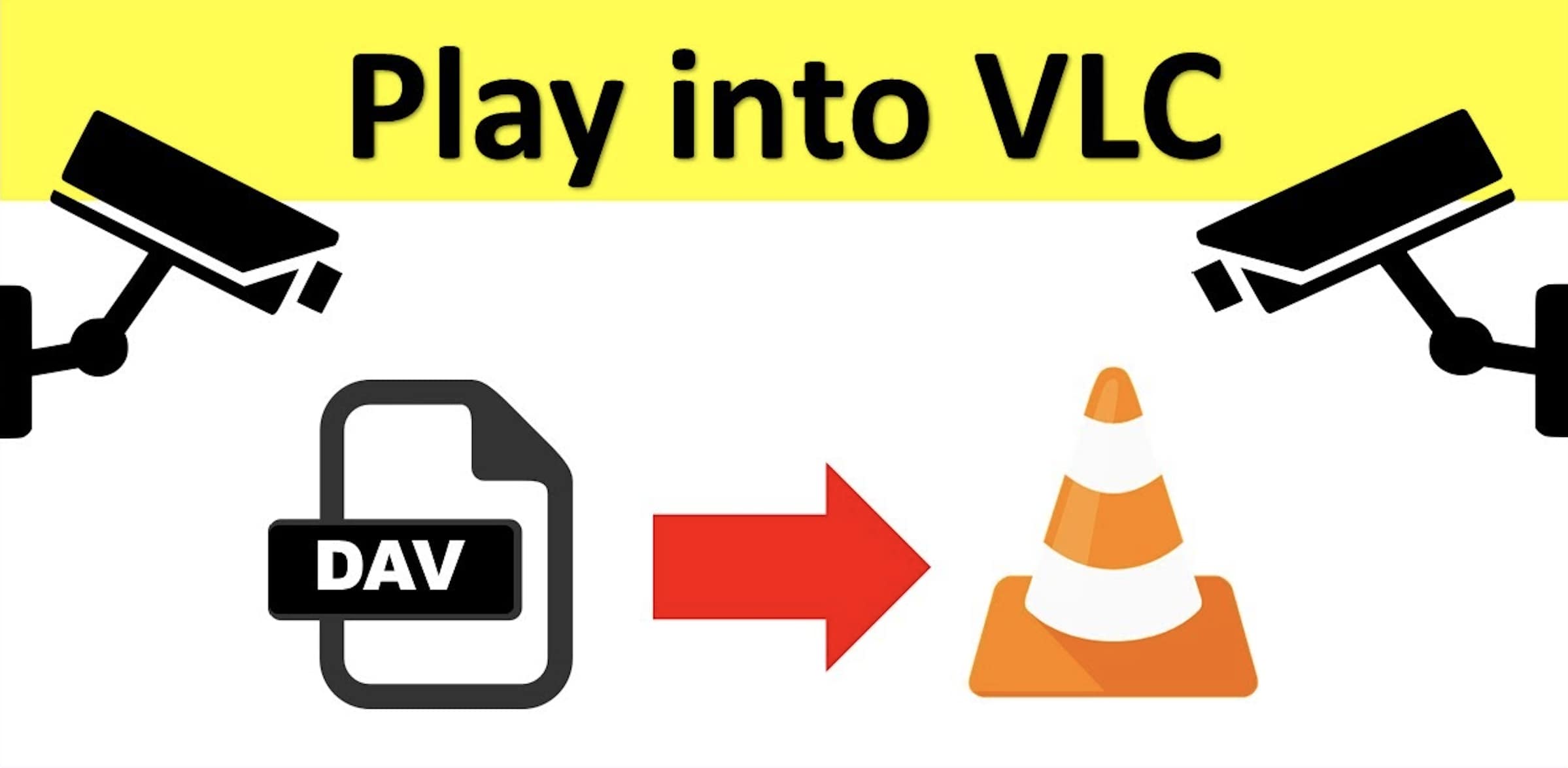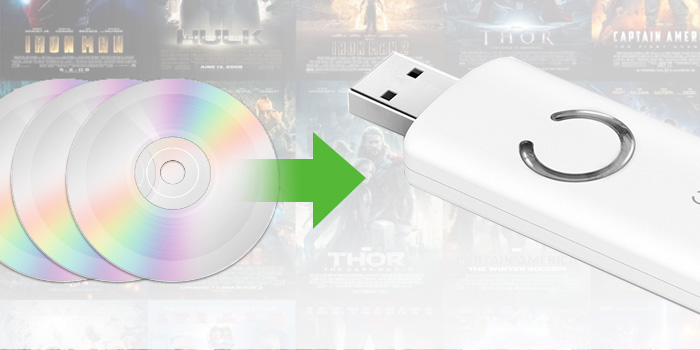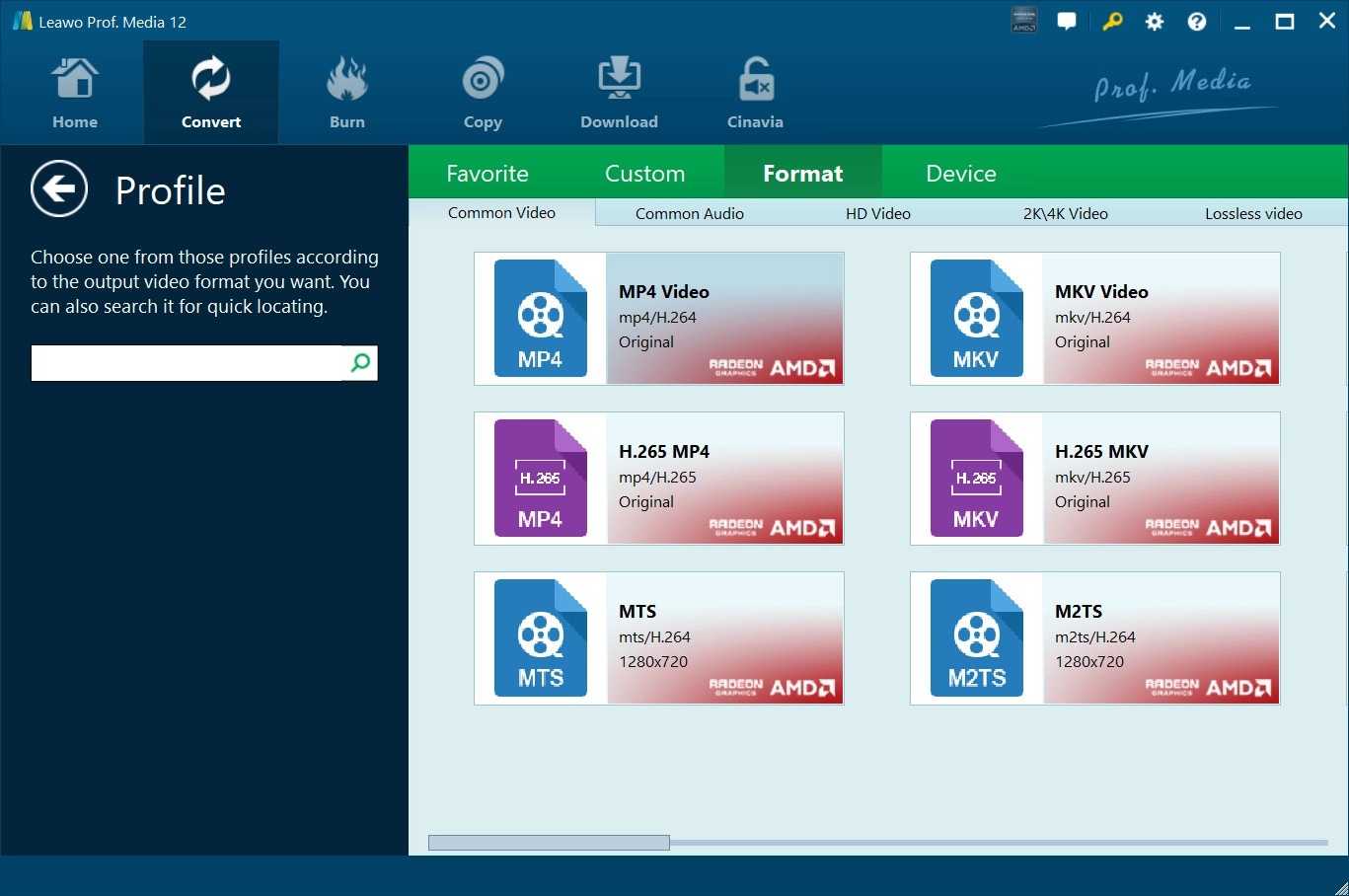Last updated on 2024-06-04, by
QLED vs. UHD: Which One is Better?
Buying a new TV can be confusing! There are so many fancy words and tech terms. Two you might see are QLED and UHD. QLED and UHD TVs are pretty much the same thing. QLED is a newer technology that makes colors look amazing, and it usually comes with 4K resolution or higher, which is what UHD means. So, you’re not really choosing between QLED and UHD, you’re choosing based on your budget and what you want in a TV. Today’s article will cover the difference between QLED and UHD, so you will have no confusion anymore about both terms.
OutlineCLOSE
Part 1: QLED & QLED TVs
Let’s begin with what is QLED and what are QLED TVSs. QLED stands for “Quantum Light-Emitting Diode.” The term quantum means tiny particles called quantum dots. So, what happens is when these dots are hit by light from the TV’s LED backlight, they emit their own bright light and vibrant colors. And this whole process is called transmissive light.
In a QLED TV, light from the LED panel passes through a quantum dot screen (among other layers) before it reaches the liquid-crystal display (LCD) at the front of the TV. This display is where our favorite shows and movies are transformed into presentable images. All modern televisions, except for OLED TVs, use LCD screens illuminated by an LED backlight. When it comes to QLED TVs, they offer several advantages because of quantum dot technology usage. Below are some key specifications of QLED TVs.
4K Resolution or Higher
QLED TVs offer 4K resolution. Overall, we can say four times the number of pixels compared to our standard 1080p TV. So, a next level of image resolution. Results will be sharper images and more details. You will especially enjoy it during gaming and movies.
Quantum Dot Technology
QLED’s quantum dots technology is the base that sets it apart from other displays. This technology plays a main role in enhancing color accuracy and image brightness. So ultimately, delivering a superior viewing experience.
Multiple HDR Formats
QLED TVs support multiple HDR formats. For instance, HDR10 and Dolby Vision. These formats help with the best possible contrast and color performance for a wide range of content.
120Hz or Higher Refresh Rates
With refresh rates of 120Hz or higher, QLED TVs provide smoother motion. You may not be aware of this feature but it plays an important role in reducing motion blur. Motion blur could be frustrating when watching sports or action movies.
Full-Array Local Dimming
QLED TVs typically offer full-array local dimming with independently controlled backlight zones. This technology adjusts the brightness of individual screen areas. So basically, what it does is it provides deeper blacks and brighter whites for a more dynamic picture.
Built-In Streaming Apps
QLED TVs come with built-in streaming apps like Netflix and Hulu etc. Furthermore, there will be voice control through Amazon Alexa or Google Assistant. Lastly, the latest models even include a built-in camera for video calls. So, overall great advancement in technology.
Part 2: UHD & UHD TVs
So, now you have all the information about QLED and QLED TVs, it’s time to pay attention to UHD. UHD stands for “Ultra High Definition.” It means TVs with a display resolution of 4K or higher. TV resolution is the picture quality of your TV screen and is determined by the number of pixels used to create the image you see. The more pixels there are, the sharper and clearer the picture will be. For instance, 8K resolution TVs have more pixels than those with 4K resolution.
Here you need to know, UHD is not a “new” type of TV technology like OLED or QLED. But it’s an improvement on the “full HD” 1080p LCD (liquid-crystal display) TVs that are now standard. Furthermore, a UHD TV operates similarly to a QLED TV just in that it has an LED backlight and LCD screen. But wait, it lacks the QLED TV’s quantum dots used to enhance color and brightness.
The most important thing to remember is that UHD is not technically a type of TV, but rather a description of its 4K resolution. Although UHD and 4K are not exactly the same, the terms are often used interchangeably. I hope we made it clear. Lastly, while UHD TVs do not necessarily include QLED or OLED technology, almost all modern QLED or OLED TVs offer UHD resolution. Here are some key specifications of UHD TVs, so you can better understand both types.
4x the Resolution of Full HD TVs
UHD resolution is 3840 x 2160, which is four times the resolution of Full HD TVs.
Refresh Rate Options
Higher refresh rates in UHD TVs can reduce motion blur and improve image quality, especially beneficial for fast-moving scenes in sports and action movies.
HDR Technology Improves Contrast and Color
Has common formats including HDR10 and Dolby Vision. HDR enhances contrast and color accuracy, making images more vivid and realistic.
Wide Color Gamut
UHD TVs display colors more accurately and vividly, covering a broader spectrum of colors compared to standard HD TVs.
Different Panel Types
UHD TVs use various panel types, such as IPS, VA, or OLED. Every type has its advantages and disadvantages.
Part 3: QLED vs UHD: Which One is Better?
So, now we discuss both types but which one is better? When comparing QLED and UHD, it’s important to understand that these terms refer to different aspects of television technology. As we mentioned above. Now, let us present you with a quick comparison to help you decide which might be better for your needs.
First, QLED (Quantum Light-Emitting Diode), Enhances color and brightness through quantum dot technology. On the other hand, UHD (Ultra High Definition), is about the resolution of the TV, typically 4K (3840 x 2160 pixels) or higher.
Performance Comparison of Both
Most QLED TVs are also UHD. So, what does it mean, it means they have 4K or higher resolution? UHD ensures high resolution but does not specify the technology. Furthermore, QLED TVs use quantum dots to present good color accuracy and brightness. On the other hand, UHD TVs’ color and brightness depend on the technology.
QLED TVs come with full-array local dimming. Also, QLED TVs usually come with higher refresh rates (120Hz or more). On the other hand, UHD TVs’ refresh rates depend on the model, not the resolution. QLED TVs typically include advanced smart features like built-in streaming apps and voice control. UHD TVs commonly have smart features, but these vary by brand and model. So, it’s usually going to depend on the brand and model you are going to buy.
Which One is Better?
The choice between QLED and UHD depends on your priorities:
● QLED is better due to quantum dot technology.
● UHD ensures high resolution, but many QLED TVs also offer UHD.
● A QLED UHD TV combines high resolution with enhanced color and brightness.
● QLED TVs often come with more advanced smart features and better motion handling.
As we can see both serve different purposes. So, the bottom line is for the best color and brightness along with high resolution, a QLED UHD TV will be a better option. If resolution is your main concern, there are many UHD TVs to choose from. You can find different display technologies like OLED or standard LED.
Part 4: Best Streaming Services to Watch 4K UHD Movies
No doubt, there is another sort of fun to watch movies in 4K resolution. And yes, there are many streaming services to watch 4K UHD movies. For instance, there is Netflix. You can find a substantial selection of 4K UHD titles on Netflix. With a premium subscription, you can enjoy movies, TV shows, and original series in stunning 4K quality. Furthermore, we have Netflix competitor, Amazon Prime. Amazon’s streaming service also has 4K UHD movies. And this is not only limited to Netflix and Amazon, there are other platforms like Disney and Apple TV+, Hulu and yes YouTube too.
However, if you are using a computer then we will say for the best viewing experience on a computer, you can always use Leawo Free Blu-ray Player. It’s a 100% Free 4K UHD Blu-ray/DVD/4K HD Video Player in the world. So, we can say it’s a magic tool if you are watching 4K UHD movies. This versatile player supports 4K UHD playback. So ultimately you will get the high-definition content. With Leawo Free Blu-ray Player, you can enjoy your movies with exceptional clarity and detail. So, whenever you will have a 4K UHD movie, you just need to open this on your computer and you can play your movie in full high definition. And above all, there is no cost at all.

-
Leawo Free Blu-ray Player
– Deliver quality-lossless video images at 720p/1080p/1080i/4K in H.264/H.265, MP4, MKV, MOV, etc. formats.
– Support various audio decoding technologies like Dolby, DTS, AAC, TrueHD, DTS-HD, etc.
– Personalize settings like selecting subtitles and audio tracks freely.
– Support fluent and smooth media decoding and playback.
Part 5: FAQs
Q1. QNED vs QLED: What is the Difference?
Both terms are types of display technologies used in televisions. QNED stands for Quantum Nano Emitting Diode. It is LG’s technology. This type uses both Nanocell and quantum dot technology to improve the picture quality field. QLED stands for Quantum Dot LED. It’s developed by Samsung. This type uses quantum dots for better picture performance.
Q2. LED vs QLED: What is the Difference?
Both are display technologies for TVs and monitors. QLED is Samsung technology and uses quantum dots technology for better color enhancement and picture quality. On the other hand, LEDs use light-emitting diode technology to present better contrast ratio and color accuracy.
Q3. Is QLED TV better than UHD?
For visuals, both Crystal UHD and QLED TVs provide a high-quality picture experience. UHD offers 4K resolution and advanced picture processing technologies. On the other hand, QLED TV offers a better viewing angle. That means you can enjoy better picture quality from a broader range of angles.
Conclusion
So, that was all about QLED vs. UHD. We are hopeful that now you will have a clear understanding of both types, and their key features. And if you just simply want to stream a 4K UHD movie we also introduced you to a free tool to use Leawo Free Blu-ray player. So, all options are here for you. Thank You for reading.
